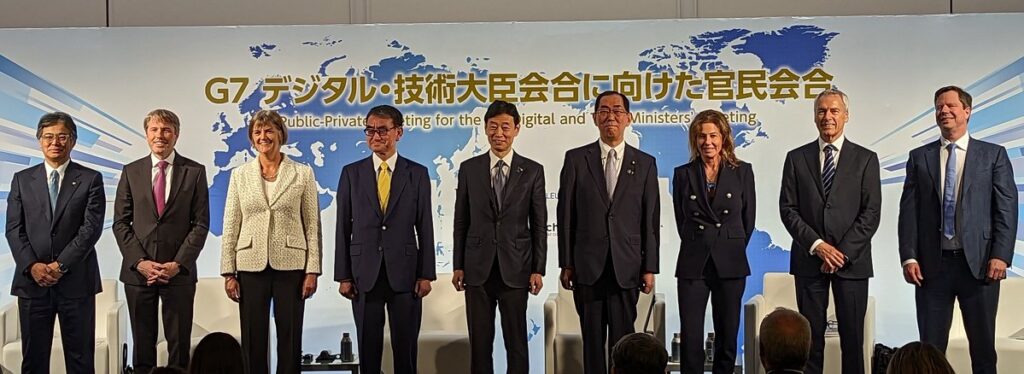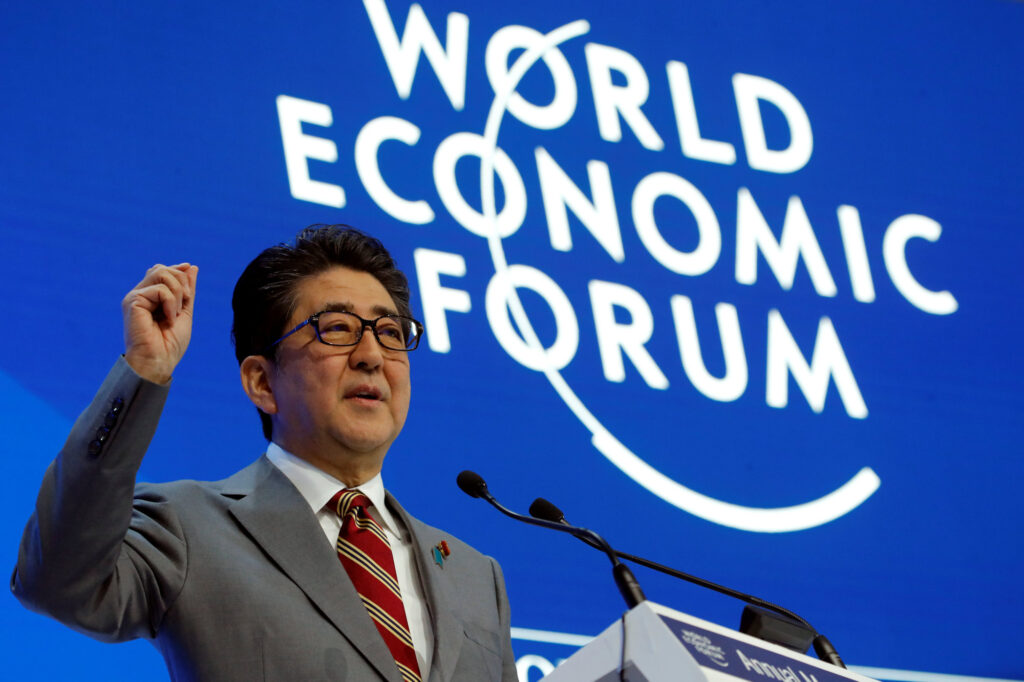
TOKYO — As Japan steps into its global engagement role as the host of the 2023 G7 Summit in Hiroshima, a new legal platform is being proposed to combine both accelerations of cross-border data flows with individual privacy protection measurements that would capitalize on “Trust” with technology at its core.
Dubbed the Data Free Flow with Trust (or DFFT), the concept was first introduced by former Japan PM Shinzo Abe during the 2019 World Economic Forum (WEF) meeting where he touted the fundamental importance of data as the backbone of Society 5.0. Countries must work together to ensure that the global free market could be supported by a seamless data flow of non-personal useful information.
In the speech, he argued that failure to act swiftly would result in light-years behind in digital economic growth and in the ability to ensure maximum protection for personal data in that lightspeed connection. Hence, fostering “Trust” becomes essential in promoting the development of Artificial Intelligence and supercomputers, as highlighted during the G20 Osaka Summit later that year.

By utilizing the Digital Economy Working Group (DEWG), established during the 2017 G7 Summit to promote an inclusive digital economy, Indonesia initiated the campaign to support the DFTT paradigm during its 2022 G20 Summit in Bali. A more concrete version of the plan called the “G7 Vision for Operationalising DFFT and its Priorities” was then approved at this year’s Hiroshima G7 Summit. It aims to act as a framework for aligning national regulations on data protection and the international flow of digital data to produce interoperable data connections for businesses, startups, and investors.
Four main objectives are laid out to be achieved: Data Localisation, Regulatory Cooperation, Trusted Government Access to Data, and Data Sharing. Critics have argued that the current mechanism of companies making their own contracts when dealing with consumer data is not sustainable and a comprehensive international regime is needed to ensure the flexibility of data flow. Hence, this vision is adopted to accommodate those critics and suggestions made by experts alike.
The updated mechanism explicitly states the importance of interoperability and optimization in the existing governance models, such as the “OECD Declaration on Government Access to Personal Data Held by Private Sector Entities”. DFFT is also seen as a counter-proposal to broad government control, akin to that of China and Russia. Nevertheless, concerns are made that the OECD mechanism symbolizes the Global North dominance, while proponents applaud the efficiency of the structure that could also harmonize other matters like taxation.

PM Kishida’s administration is keen on utilizing its homegrown proposal to strengthen Japan’s influence over ASEAN. They plan to establish a digital innovation center in ASEAN’s headquarters city of Jakarta. The primary objective is to attract businesses away from Chinese restrictions on cross-border data sharing. Cooperation with Southeast Asia’s business communities is essential due to their extensive usage of smartphone payment systems — an example of a data-driven society. Additionally, they are experimenting with AI-based analysis of encrypted data to ensure privacy protection.
This scheme exemplifies the application of ASEAN-Japan Economic Co-Creation Vision, which promotes the Indo-Pacific Economic Framework (IPEF) to reinforce supply chain and logistic networks in the region. The center also aims to collaborate with an OECD-based platform to streamline data regulations in various countries.

Since China passed the Data Security Law and the Personal Information Protection Law in 2021, the US (along with many Western countries) has become restless as the Chinese Communist Party (CCP) could now sanction multinational corporations that transfer data abroad — effectively isolating Chinese consumer data. The pledge came from PM Kishida to start the center in order to boost the region’s connectivity on intellectual property amidst geopolitical tension.
Nevertheless, the Japanese government has reiterated its stance against the decoupling of the West with China. A white paper published by Japan External Trade Organization’s Institute of Developing Economies shows an anticipated 11.6% decline in Japan’s GDP within trade blocs comprising the US-led West, China-led East, and neutral nations. None of these factions could harness the potential of the burgeoning middle class in the Global South. The US faces an even greater opportunity cost, with a 12% GDP reduction, while China’s GDP would decrease by 9% in the baseline scenario if these blocs were to enforce a 100% tariff regime.
About the author:

Muhammad Rayhansyah Jasin
Rayhan aspires to be an academic journalist and he is trying to start this journey by becoming APU Times’ Head of Journalist Department and a writer in AYO Post. As an IR student in Ritsumeikan Asia Pacific University, he really likes to debate and write other people’s perspectives in his preposition to bridge differing minds. He’s a hands-on traveler who appreciates history and urban-people culture more than nature-based adventures.